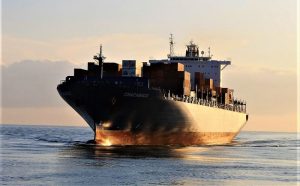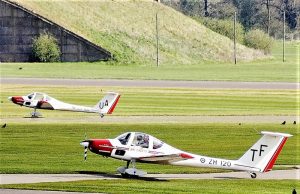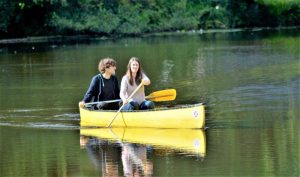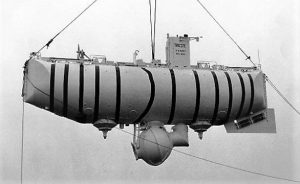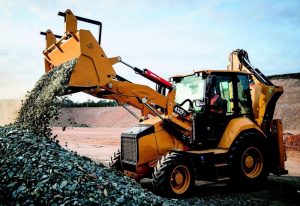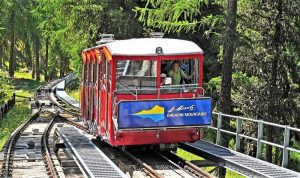Draisine
Draisines are railway vehicles intended for railroad maintenance. Although they are very few known in general public, they play an important role in the industrial heritage.
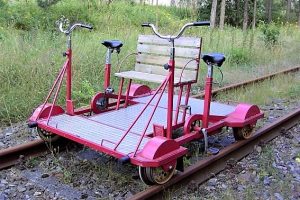
Interesting information
- Vehicle type: Light rail
- Inventor: Karl Christian Ludwig Drais von Sauerbronn
- Year: 1817
What is the draisine?
Draisine is a light railway vehicle, driven by a person and equipped to transport personnel or materials to maintain railway installations. They can be seen with small wagons that allow material and tools to be transported to the construction site. This transport is also known as the track fox or the rail fox.
History of the draisine
This vehicle was invented in 1817 by the German Baron Karl Christian Ludwig Drais von Sauerbronn, who called it a walking machine.
The Baron straddled on a wooden beam with two wheels, travelled 14 kilometers in one hour, pushing with the help of his feet on the ground.
This invention was patented in 1818 under the name “Eisenbahnfahrrad” which means “railway bicycle”. Its name was later changed to draisine in honor of its inventor.
It was the first two-wheeled transport and gave rise to the bicycle years later. When this device takes a third wheel on two rails, it becomes part of the railway vocabulary.
Characteristics of the draisine
- Today, modern draisines are equipped with relatively powerful diesel engines. They have a platform for transporting material and can be equipped with handling cranes or elevators for catenaries maintenance.
- Depending on the model, the transmission can be hydro-mechanical or hydrostatic, with the option of smooth running.
- The most modernized ones have a large towing capacity that allows them to tow wagons and platforms.
- The modern draisines have seats for several people, including the mechanical driver.
- They have an open platform for the transfer of materials and tools that can reach a weight of up to 1500 kilograms in some models.
Uses of the draisine
It could be said that, in principle, draisine is generally intended for transport of people, luggage or animals or for services connected with railway operation.
More specifically, the use of draisine is very important, especially in construction works. The slightest factor of disturbance may have an impact on the railway operation or the smooth running of a construction site: vegetation, snow or grass interfering with the track, small defects in the fixing of catenary posts. The draisine allow these situations to be quickly and safely resolved.
In this sense, thanks to the draisine, it is possible to better conserve and to renew the train tracks by correcting defects that can put them at risk. They are thus used to carry out inspections or repairs.
On the other hand, for some years now, resins have also been used for recreational purposes on several old unused railways in countries such as Germany, Sweden, Norway, Poland, France and some other European countries, as well as in South Korea. These are generally set in motion by pedals.
Similarly, in history, the military use of draisine is known, which particularly concerns armored draisines. They were used for exploration, patrolling and other auxiliary tasks that usually belonged to combat trains.
This type of vehicle was used in Russia during the First World War. Also, different types of draisine were used during the Second World War, at the beginning of the Nazi invasion of Poland. Similarly, before the Second World War, the Japanese used draisine for many purposes, such as the Sumida M.2593 model in Manchuria and in the Japanese Sino-War.
Types of draisine
A great variety of resin models are known, manufactured according to the needs of the work to be carried out.
Manual
Manual draisines were generally light vehicles, so one or two people can easily use and propel them. In the beginning, its manual mechanisms ranged from one model to another, ranging from manual levers to 4-wheeled platforms.
Its use was disappearing with the arrival of motorized vehicles that used a new traction form.
Track
They are usually small vehicles, self-propelled by a diesel engine. They also have a cabin for transporting personnel to the work area and a platform used to carry materials and tools. These draisines usually have an arm for loading and unloading.
Electrification or overhead line
These are also self-propelled by a diesel engine and have the particularity of having a tower that allows easy access to the overhead line (catenary).
How to cite this article?
Briceño V., Gabriela. (2019). Draisine. Recovered on 24 February, 2024, de Euston96: https://www.euston96.com/en/draisine/



